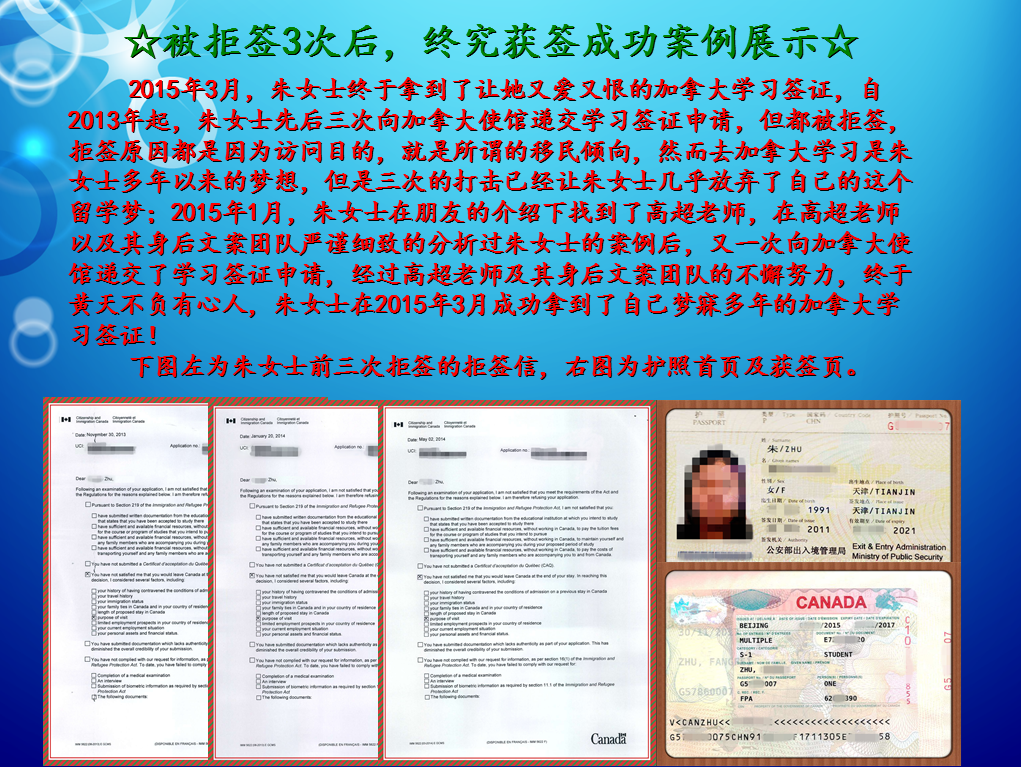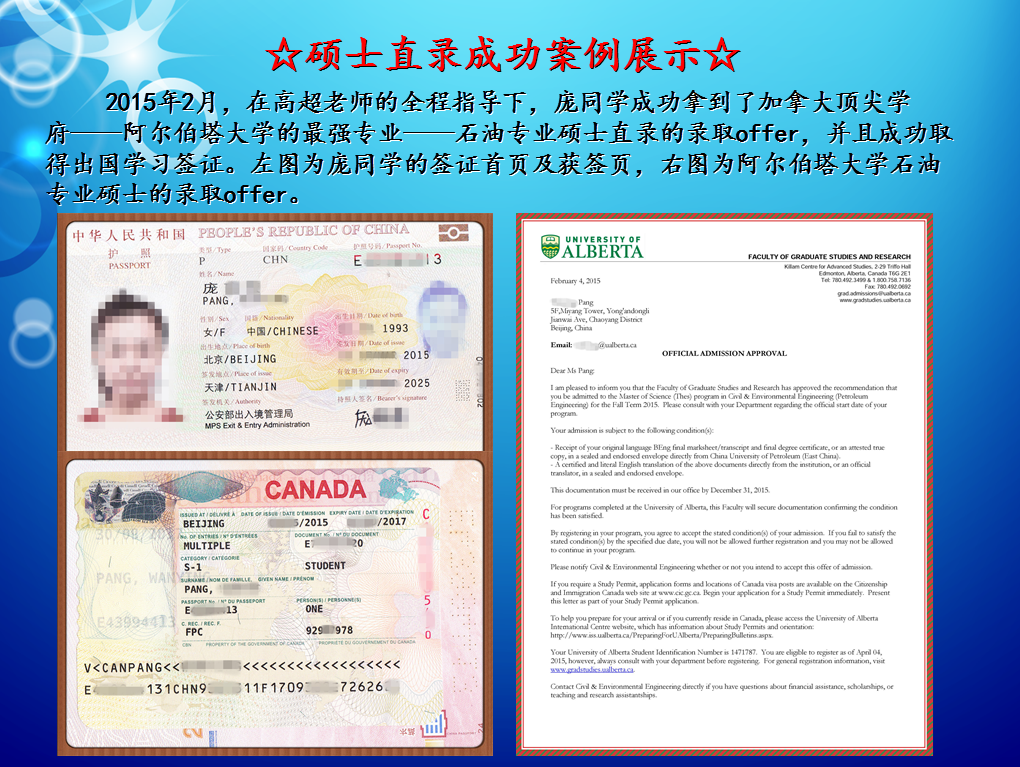雅思阅读模拟真题——Solar-panel fold failure.
2017-08-07 57阅读
本文来源于北京语言大学雅思培训中心向网友提供的在难度、长度、题材、题型方面与雅思考试近似的练习。这些练习,均以最新的国外报刊上的文章为素材,按雅思阅读的题型,出题并提供答案及简单注释。欢迎大家积极使用。
�
Solar-panel fold failure may mean extra spacewalk
�
Fold failure
�
The retraction of a six-year-old solar array on the International Space Station (ISS) did not go to plan on Wednesday. Ground controllers lt it only partly folded while they consider their options for getting the device pulled back fully. The problem may mean the crew of the space shuttle Discovery has to undertake a fourth spacewalk.
�
"We don&apost want to rush into a fix of a problem that just occurred," says John Curry, Discovery&aposs lead flight director. As a result, Thursday&aposs spacewalk to tackle other jobs will proceed as planned, without a fix to the solar array.
�
Beginning at 1328 EST (1128 GMT) on Wednesday, ground teams and the astronauts inside the ISS attempted to fold one side of the 35-metre (116 feet) P6 solar array back into a box on the top of the ISS. This needed to be done so a newer P4 solar array can freely rotate to track the Sun without colliding with its neighbouring array.
�
After almost 6.5 hours of trying to get the array to retract and more than 40 remote-control commands sent to the array, only 13 and a half of the array&aposs 31 segments were safely folded in the box.
�
However, this had pulled the array far enough back so the two arrays will not hit one another when P4 rotates for the first time. There are five metres of space between the two arrays at their closest points. Nonetheless, NASA wants to get the P6 array fully retracted bore they move it to another part of the station on a future mission.
�
Pile up
�
There were actually two separate problems ground controllers encountered during the retraction.
�
First, the array behaved rather like a map that does not fold back together neatly. Some of its sections did not slide properly into the box. When this happened, they stopped the retraction, pushed the array back out a little, and then tried to retract again.
�
Wednesday&aposs showstopper was caused by one segment in particular, known as bay 17.5. It would not slide into the box, causing a pile up when subsequent segments started to roll over on top of one another. NASA tried to retract the array beyond this point four times without success.
�
Reconfiguration
�
A fourth spacewalk could add one day to the already busy mission. Shuttle and station managers are considering sending astronauts to positions at the base of P6 and somewhere down its length to help guide the array into the box.
�
NASA teams were meeting overnight to discuss the safety of such an operation. Astronauts Bob Curbeam and Christer Fuglesang would be the crew members asked to make the spacewalk.
�
The solar arrays on the P6 element of the ISS have been in space since 2000, and this was the first time they had been retracted in six years. When they were installed, they were put on "top" of the station.
�
The newer arrays, part of the P4 element, were installed in 2006 in their permanent position on the end of a long truss. The P6 element will eventually be moved outboard of P4 on the truss. The other side of the P6 solar array will be retracted on a shuttle mission in 2007 in advance of this move outboard, so managers are eager to learn the cause of the problem and how to prevent it in the future.
�
Solar flares
�
Despite the setback, astronauts Fuglesang and Curbeam will make their second spacewalk on Thursday, as planned. During their excursion, they will help rewire the ISS so that the station will have enough electrical power to add energy-intensive components, such as future laboratories.
�
Meanwhile, for the past two nights, flight surgeons have asked the crews to sleep in areas of the shuttle and station with additional shielding to protect them from increased solar activity and the possibility of extra radiation heading their way. The Sun released a large solar flare at 0240 GMT on Wednesday. Satellites were expected to show some minor problems, but the astronauts were not expected to be in any danger.
�
(690 words New Scientist.com news service Kelly Young)
�
Questions 1-6 Do the following statements rlect the situation as described by the writer in Reading Passage 1?
�
In boxes 1-6 on your answer sheet write
�
TRUE if the statement is true
FALSE if the statement is false
NOT GIVEN if the information is not given in the passage
�
1. A spacewalk on Thursday will be made to repair the P6 solar array.
2. NASA tried to retract the P6 solar array by remote control on Wednesday.
3. The P6 array will be fully retracted from the space back to the earth.
4. Bay 17.5 is the segment of the P6 array which caused the fold failure by failing to slide into the box.
5. A fourth spacewalk will be aimed to guide the P6 solar array into the box.
6. NASA has found the cause of the retraction failure and knows how to prevent it.
7. The ISS at present is too short of electrical power to run laboratories.
�
Questions 8-9 Look at the box of names of the astronauts below.
�
Choose One or Two names to complete the following sentences.
�
Write your answers in boxes 8-9 on your answer sheet.
�
8. ……would be send to P6 to accomplish the retraction of one of its solar arrays.
9. ……is the lead flight director of Discovery, the space shuttle.
�
Question 10 Choose TWO correct letters A-D and Write them in box 10 on your answer sheet.
�
10. Astronauts in the ISS were asked to protect themselves from?
�
A. increased solar activity.
B. increased solar energy.
C. possible radiation.
D. danger caused by satellites.
�
Questions 11-14 Complete the notes below.
�
Choose one suitable number from Reading Passage 1 for each answer.
�
Write your answers in boxes 11-14 on your answer sheet.
�
The P6 solar array was installed……11……years ago. NASA decided to retract it in order that a newer P4 solar array installed in……12……can rotate to track the Sun without colliding with it. On Wednesday an attempt to retract the solar array partly failed owing to that only 13 and a half of the array&aposs ……13…… segments were safely folded. Despite the failure, the array had been pulled back and the space between it and P4 at their closest points is ……14…… metres, which is far enough to avoid the collision between them.
�
Key and Explanations:
�
1. FALSE See Paragraph 2 under the subtitle "Fold failure": Thursday&aposs spacewalk to tackle other jobs will proceed as planned, without a fix to the solar array.
2. TRUE See Paragraph 4 under the subtitle "Fold failure": After almost 6.5 hours of trying to get the array to retract and more than 40 remote-control commands sent to the array……
3. FALSE See Paragraph 5 under the subtitle "Fold failure": NASA wants to get the P6 array fully retracted bore they move it to another part of the station on a future mission.
4. TRUE See the third paragraph under the subtitle "Pile up": Wednesday&aposs showstopper was caused by one segment in particular, known as bay 17.5. It would not slide into the box……
5. TRUE See the first paragraph under the subtitle “Reconfiguration”: A fourth spacewalk?sending astronauts?to help guide the array into the box.
6. FALSE See the fourth paragraph under the subtitle “Reconfiguration”: ……managers are eager to learn the cause of the problem and how to prevent it in the future.
7. NOT GIVEN See the first paragraph under the subtitle “Solar flares”: …they will help rewire the ISS so that the station will have enough electrical power to add energy-intensive components, such as future laboratories.
8. Christer Fuglesang and Bob Curbeam See the second paragraph under the subtitle “Reconfiguration”: Astronauts Bob Curbeam and Christer Fuglesang would be the crew members asked to make the spacewalk.
9. John Curry See Paragraph 2 under the subtitle“Fold failure”: says John Curry, Discovery&aposs lead flight director.
10. A & C See the last paragraph: ……flight surgeons have asked the crews to sleep in areas of the shuttle and station with additional shielding to protect them from increased solar activity and the possibility of extra radiation heading their way.
11. 6 See Paragraph 1 under the subtitle “Fold failure”: The retraction of a six-year-old solar array on the International Space Station (ISS) did not go to plan on Wednesday.
12. 2006 See the third to the last paragraph: The newer arrays, part of the P4 element, were installed in 2006……
13. 31 See Paragraph 4 under the subtitle “Fold failure”: only 13 and a half of the array&aposs 31 segments were safely folded in the box.
14. 5 See Paragraph 5 under the subtitle “Fold failure”: There are five metres of space between the two arrays at their closest points.
�
Notes:
�
1328EST: 美国东部时间13时28分。
1128GMT: 格林威治标准时间11时28分。
留学咨询
更多出国留学最新动态,敬请关注澳际教育手机端网站,并可拨打咨询热线:400-601-0022
留学热搜
相关推荐
- 专家推荐
- 成功案例
- 博文推荐

Copyright 2000 - 2020 北京澳际教育咨询有限公司
www.aoji.cn All Rights Reserved | 京ICP证050284号
总部地址:北京市东城区 灯市口大街33号 国中商业大厦2-3层









高国强 向我咨询
行业年龄 12年
成功案例 3204人
留学关乎到一个家庭的期望以及一个学生的未来,作为一名留学规划导师,我一直坚信最基本且最重要的品质是认真负责的态度。基于对学生和家长认真负责的原则,结合丰富的申请经验,更有效地帮助学生清晰未来发展方向,顺利进入理想院校。
Amy GUO 向我咨询
行业年龄 17年
成功案例 4539人
一切的一切从现在开始.用自己的态度闯出一片天
薛占秋 向我咨询
行业年龄 11年
成功案例 1869人
从业3年来成功协助数百同学拿到英、美、加、澳等各国学习签证,递签成功率90%以上,大大超过同业平均水平。
Tara 向我咨询
行业年龄 7年
成功案例 1869人